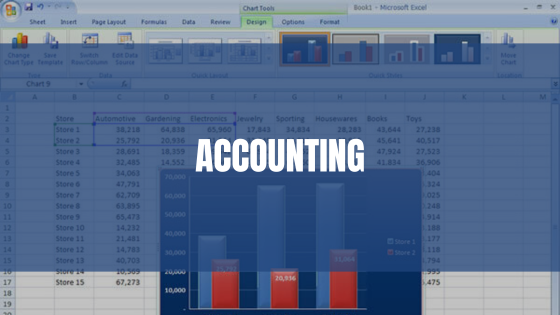Family Adventures Made Easy: Vans and SUVs for Group Travel
Exploring Thailand with family or friends is one of the most rewarding ways to experience the country. From the vibrant streets of Bangkok to the serene beaches of Hua Hin, traveling as a group allows you to share memories and enjoy the journey together. Yet, coordinating transportation for multiple people can quickly become stressful. Public transport is often crowded, taxis may not have enough space, and splitting into separate vehicles takes away from the shared experience. This is where private vans and SUVs come in, offering a solution that combines comfort, convenience, and togetherness.
The Value of a Car With Driver
Booking a spacious van or SUV is only half the story—the real advantage comes with having a car with driver dedicated to your group. Instead of worrying about navigating Bangkok’s traffic or finding parking, you can relax while a professional chauffeur handles everything. Services like The Exclusive Transfer provide vehicles such as the Toyota Commuter VIP or Hyundai Staria, designed to accommodate up to nine passengers with luggage. The driver ensures punctuality, assists with baggage, and knows the best routes to avoid congestion. For families with children, baby seats are available, adding peace of mind to the journey. This combination of space and service transforms group travel into a seamless experience.
Comfort for Every Passenger
Long journeys can be tiring, especially when traveling with children or elderly family members. Vans and SUVs designed for private transfers prioritize comfort, with air-conditioned interiors, reclining seats, and ample legroom. Everyone can stretch out, store their belongings securely, and enjoy the ride without feeling cramped. Whether you are heading to Pattaya for a weekend escape or embarking on a road trip to Koh Chang, the journey becomes part of the adventure rather than a hurdle to overcome. Comfort is not a luxury—it is essential when traveling together.

Making the Journey Part of the Experience
Group travel is about more than reaching a destination; it is about enjoying the journey itself. With a private van or SUV, the ride becomes an opportunity to bond, share stories, and anticipate the experiences ahead. Unlike public transport, where passengers are separated and distracted, private transfers keep everyone together. The driver’s local knowledge adds another layer to the trip, offering insights into landmarks, shortcuts, and hidden gems along the way. This turns travel time into an extension of your holiday, filled with moments that strengthen connections.
Stress-Free Logistics
Coordinating group travel often involves juggling multiple schedules, luggage, and preferences. Private vans and SUVs simplify this process by offering fixed pricing that includes tolls, fuel, and taxes. There are no hidden costs or last-minute surprises, and booking in advance ensures that your vehicle is ready when you arrive. For larger groups, this predictability is invaluable. It means you can focus on enjoying your time together rather than worrying about logistics.
Conclusion
Traveling as a group in Thailand should be about shared experiences, not transportation headaches. Private vans and SUVs, complete with professional drivers, provide the perfect solution for families and friends who want to explore together. Spacious interiors, reliable service, and seamless booking make every journey comfortable and stress-free. With services like The Exclusive Transfer, your adventure begins the moment you step into the vehicle, ensuring that the road ahead is as enjoyable as the destination itself.
Family Adventures Made Easy: Vans and SUVs for Group Travel Read More »









